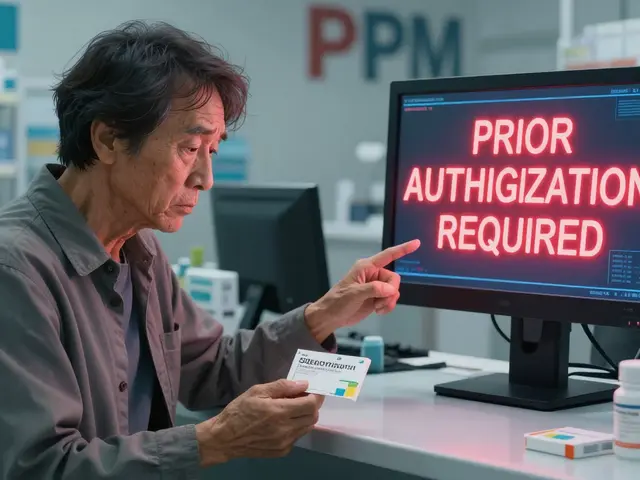Melasma Treatment Guide: What Works and What to Avoid
If you’ve ever looked in the mirror and seen dark patches on your cheeks, forehead, or upper lip, you’re probably dealing with melasma. It’s a common skin condition that makes the affected areas look darker than the surrounding skin. Hormones, sun exposure, and certain medications are the usual suspects, and while it’s not harmful, it can be frustrating.
Topical Treatments That Work
The first line of defense is usually a cream or gel you apply at home. The most widely used ingredient is hydroquinone, a skin‑lightening agent that slows down melanin production. Many dermatologists start patients on a 2% or 4% formula and increase if needed. If you’re worried about side effects, azelaic acid and kojic acid are gentler alternatives that still inhibit pigment formation.
Retinoids, like tretinoin, boost cell turnover and help the skin shed the pigmented layers faster. They work best when combined with a bleaching agent, but they can cause irritation, so start with a low concentration and use them every other night. For people who want something over‑the‑counter, vitamin C serums and niacinamide creams can lighten spots gradually and improve overall skin tone.
Procedures and Lifestyle Tweaks
When creams aren’t enough, dermatologists may suggest procedures. Chemical peels using glycolic or lactic acid can remove the top pigmented skin and stimulate new, even tone growth. Laser therapy targets melanin directly, but it’s pricier and requires a skilled professional to avoid worsening the condition.
Microneedling combined with topical serums can enhance product absorption, but it should be done by a trained provider. Remember, any procedure needs strict sun protection afterward, or the spots can come back even stronger.
Speaking of sun, the single biggest thing you can do is wear broad‑spectrum sunscreen with at least SPF 30 every day. Apply it 15 minutes before you head outside, and reapply every two hours, especially if you’re sweating or swimming. Hats, sunglasses, and seeking shade during peak sun hours (10 am‑2 pm) add extra layers of defense.
Other lifestyle habits matter too. Hormonal pills, some birth‑control methods, and hormone‑replacement therapy can trigger melasma, so talk to your doctor if you suspect a link. Stress isn’t a direct cause, but it can worsen skin inflammation, so managing stress with exercise or mindfulness can help.
Finally, be patient. Most treatments need 8‑12 weeks to show visible results, and you’ll likely need to keep using maintenance products to prevent new spots from forming. If you notice irritation, stop the product and give your skin a break before trying a milder option.
In short, melasma can be managed with the right mix of topical creams, professional procedures, and daily sun safety. Stick to a routine, protect your skin, and you’ll see the dark patches fade over time.






